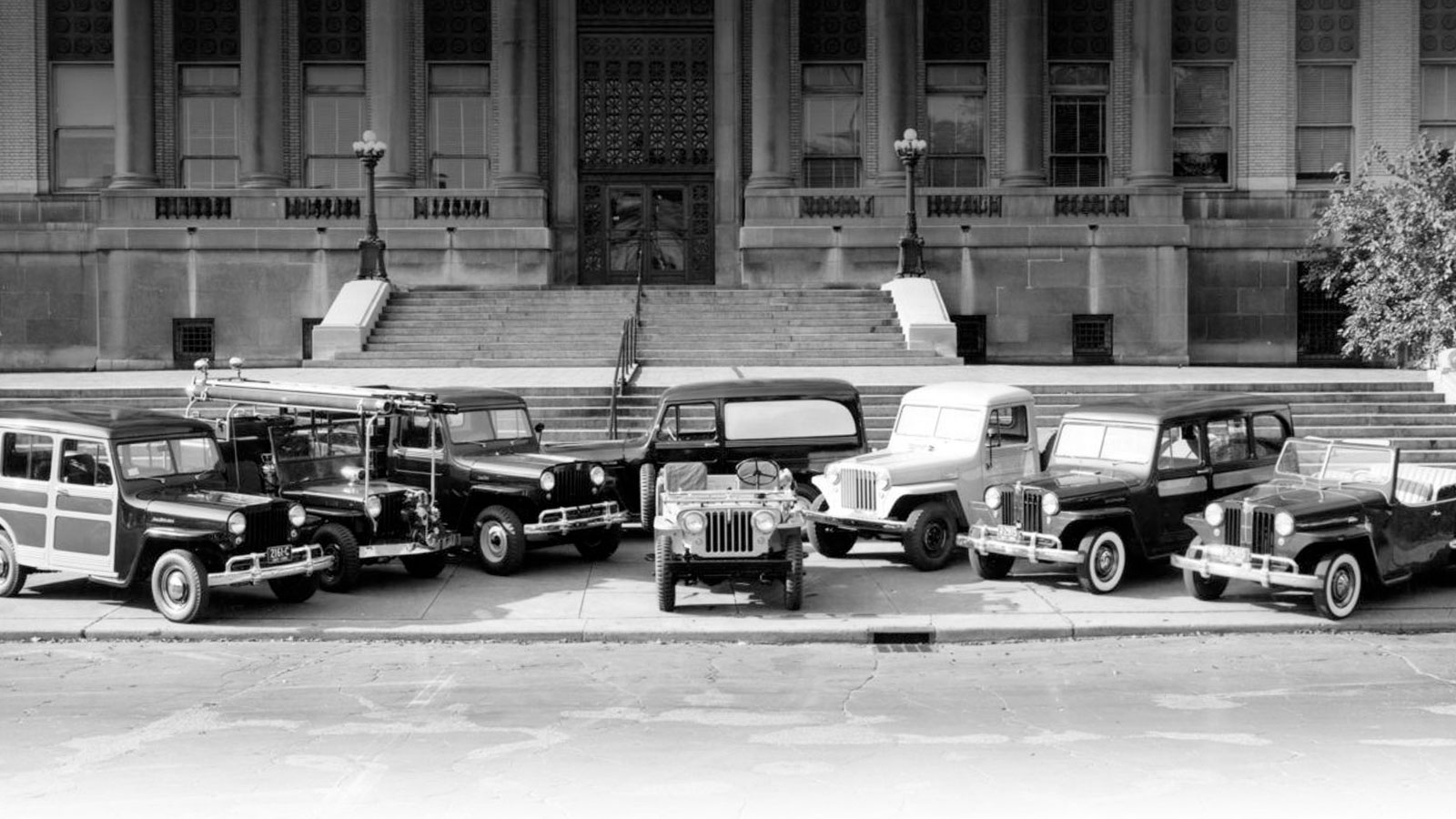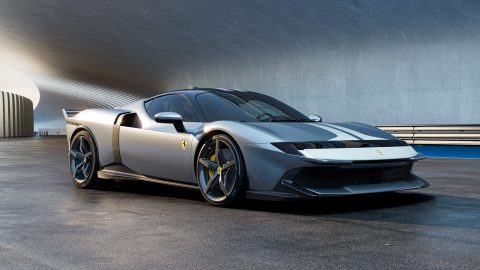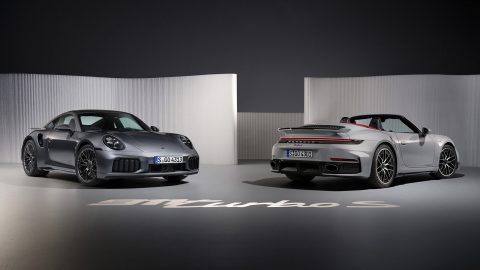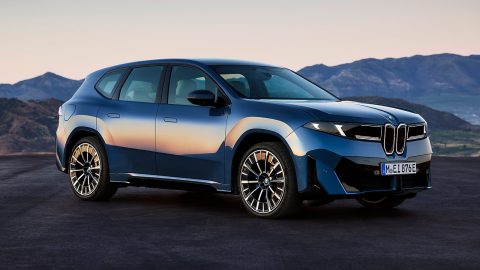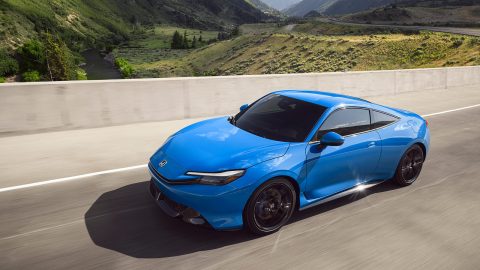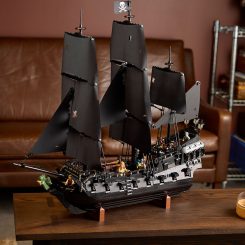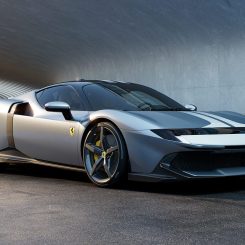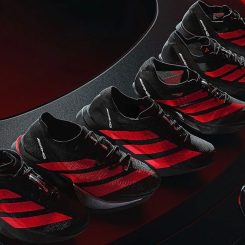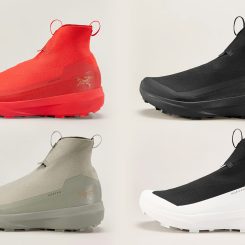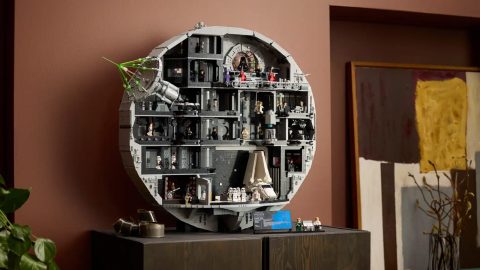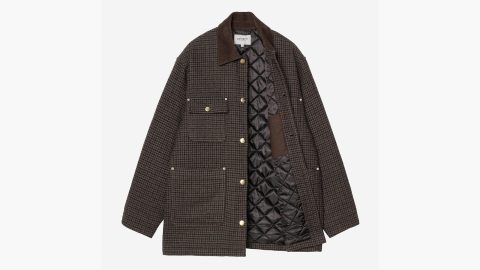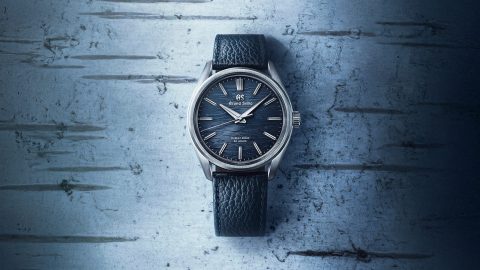Quite mistakenly, the word “jeep” is often generically applied to any type of sport-utility vehicle. Jeep, however, is hardly a name worthy of being used in such wide-sweeping terms. In fact, it’s a brand all its own—and one with a rich and deeply impressive history rooted in the complications of war.
Wartime Pride
The company’s story begins in the 1940s. World War II was ongoing, and the United States military realized there was great need for what they deemed a “light reconnaissance vehicle” for their transportation needs. The request was put forth to over 100 different car manufacturers, who in turn submitted their proposals.
Initially, the military was particularly interested in a prototype designed by Karl Probst, a freelance automobile designer. It was a hefty, powerful, and robust automobile. But there were concerns about its ability to succeed during wartime. So they turned to both the Ford Motor Company and Willys-Overland, instructing them to use the Probst-designed vehicle as inspiration for their own interpretations.
The latter’s submission, the Willy’s Quad, was lauded for its strong engine power—a feature that was particularly important to the U.S. Department of War, as the Department of Defense was then known. An intensive testing process followed, upon which time the military awarded its contract to Willys-Overland. Ford was also awarded a contract at a later stage when it became clear that there was great demand for the vehicle.
Its popularity and usefulness was evident at the start. The vehicle was bold and tough—it drove fast, could handle differentiating terrains with ease, and was easy for soldiers to lift up on the rare occasions when it got stuck. It could also hoist machine guns and other weaponry with ease. It was used to transport injured soldiers. It drove ably through rough waters. It moved vital medical supplies, and hauled essentials like ammunition and rations.
Indeed, its place in history is unforgettable. Although it was the smallest vehicle employed by the Army, it was a performance powerhouse. It was capable of holding up to five soldiers at once, and could even be lifted by air gliders and delivered via parachute. It became clear that the war in itself was largely dependent on the vehicle’s ability to withstand all conditions and support the soldiers’ many needs. During the war, nearly 640,000 Jeeps were designed by the two automakers.
Civilian Transition
Towards the end of World War II, Willys-Overland realized there was great potential for the Jeep in the civilian market. Drawing on the Quad, at that point known as the MB, they simply modified the design by improving the cushioned seats, stabilizing the frame and suspension, amplifying the headlights, and adding a tailgate. The result was the CJ-21 a modernized, everyman-friendly version that retailed for just $1,090.
It also spurred the creation of several other models. Among them was the CJ-5, sold in both four- and six-cylinder models. They also produced the Willys Station Wagon, a 1946 release that was also the first of its kind made only with steel. The following year, the brand introduced its pickup to the fold. Although its civilian users were few, the group was loyal, and the brand continued to build on its popularity.
Style Upgrades
By the mid-‘80s, demand grew for a more user-friendly, comfortable Jeep that was more appropriate for everyday use and off-road adventures alike. And so the brand did away with the CJ, replacing it with the YJ Wrangler in 1986. The contemporary-for-the-time edit featured distinctive rectangular headlights and was available in both four- and six-cylinder engine options.
It was simultaneously sexy and sporty in its own way, and it remained at the top of the game until the late ‘90s, when the TJ Wrangler entered the field. At that point, the rectangular lights were swapped for round, giving the vehicle a fresh new look for the last few years of the decade.
This was followed by the Wrangler Rubicon in 2003, Wrangler Unlimited in ’04, and Wrangler Unlimited Rubicon in ’05. It was the ’07 Wrangler that changed things considerably, however. The newer model was designed to hold up to five adults at a time, featured more cargo space than ever before, and also had four doors. The additions didn’t come at the expense of the vehicle’s lean silhouette and rugged design.
Other Models
It wasn’t just the Wrangler that brought the Jeep brand such fame. The company introduced the SJ Cherokee to its lineup in the ‘70s. Though the name is familiar to modern drivers, the original version was more of a station wagon—and, indeed, it was inspired by the brand’s Wagoneer station wagon from the ‘60s.
The two-door style presented a different take, and it eventually spurred the production of the XJ Cherokee in ‘84. The term “sport utility vehicle” wasn’t quite in the global lexicon at the time, but the brand introduced them as “sportwagons.” The cross between station wagon and sport utility was distinctive—an evolutionary vehicle that was at once compact, lightweight, and agile enough to handle a wide range of conditions with relative ease.
To great exaltation, the Grand Cherokee made its debut in ’93. In competition with other SUVs of the time, it stood out from the pack for its state-of-the-art features, including the standard airbag on the front driver’s side, the vehicle information center that provided consistent feedback whenever a fault developed, and an overhead console complete with storage space for sunglasses and garage door openers. Another bold innovation: keyless entry systems, which made it easy to quickly arm the vehicle while walking away.
Throughout the 2000s, Jeep released a slew of models that strayed from type—and that no longer exist. The Jeep Liberty was a 2002 creation whose production ceased in 2007. With its curved edges, it was presented as a “softer” looking option than the Cherokee. Then there was the ’06 Commander, which essentially behaved a bit like a Grand Cherokee with added seats.
The Compass of ’07, an SUV that the brand celebrated for its compact size, was a dramatic failure for the brand. It offered all-wheel drive and lacked the cargo space so widely associated with most SUVs. That same year, the Patriot arrived. It was not unlike the Compass, and it offered a hint of additional cargo space—but its fuel economy was weak and didn’t perform on rough terrain with the same adaptability as other Jeep models.
Pop Culture
Naturally, a vehicle as widely renowned as the Jeep made its way into the annals of popular culture more than a few times. Among its most impressive showings was the Jeep Wrangler Sahara’s trek through Jurassic Park, in which the iconic vehicle zooms right past a T-Rex with the greatest of ease. Charlie’s Angels were always on the case courtesy of their Jeep CJ-5. And the Jeep Cherokee saw plenty of action in The Goonies, Twister, and Furious 7—it was dropped from the sky in the latter.
It’s a favorite among the celebrity set, too—a true testament to a storied vehicle’s modern-day relevance if ever there was one. LeBron James counts a Wrangler as one of his many vehicles, while David Beckham drives a Wrangler Unlimited. Ralph Lauren, whose car collection is legendary, is the proud owner of a CJ-5 dating from ’76, along with a ’48 Wrangler.
One of the more devoted fans was President Ronald Reagan, who obtained his first Jeep when he served in the Army Reserve during the ’40s. His loyalty to the car brand remained steadfast—so much so that he continued to drive them even when he was California’s governor and, later, the country’s president. His CJ-8 Scrambler Renegade, in fact, features a “Gipper” license plate and sits on display at Santa Barbara’s Reagan Ranch Center.
Name Play
So what exactly is a Jeep? It’s been the subject of serious debate for decades—and theories run rampant. One such story tells of Popeye, the famous cartoon sailor who appeared in a comic series created by E.C. Segar. Legend has it that the vehicle was named after a pet in the series, Eugene the Jeep. The hybrid cat-dog creature was renowned because he could do anything with ease—much like the vehicle itself.
There’s another, possibly more plausible theory. Ford’s model designation for their wartime contribution was GP. While many believed this stood for “general purpose,” the official explanation states that “g” referred to the government and “p” served as a reconnaissance vehicle classification. Spoken aloud, GP breaks down to “Jeep” in a roundabout way.
Interestingly, the term “jeep” was supposedly also used to refer to tractors of the ‘30s, along with warships and bombers throughout the ‘40s. It lends a hint of credence to the theory that “jeep” was an acronym for “just enough essential parts.” While this has also been widely debunked over the years, one fact remains certain: the Jeep brand is woven into the cultural fabric of the nation. It played a significant role in its rich history, and grew to become one of the most beloved civilian vehicle brands of all time.

